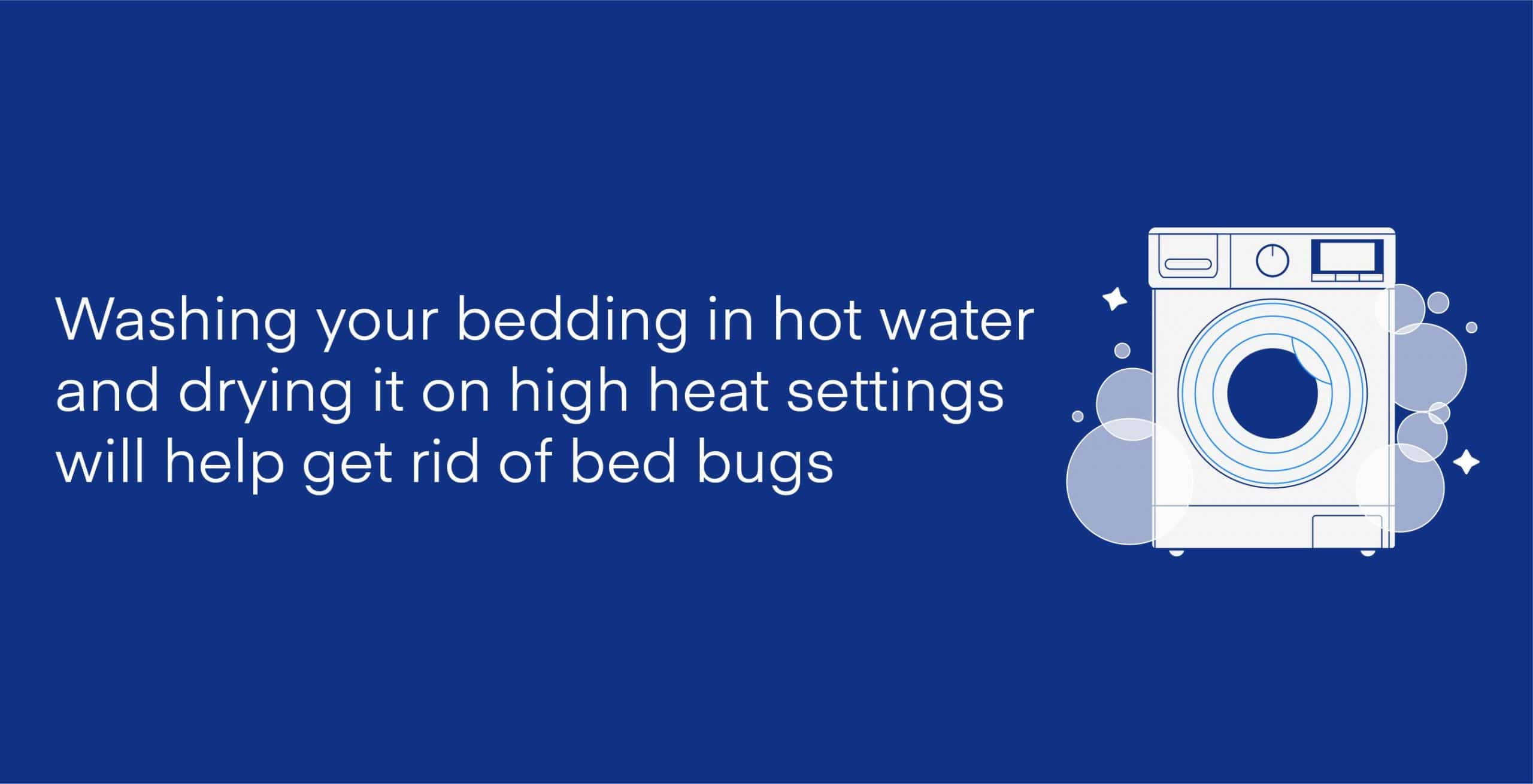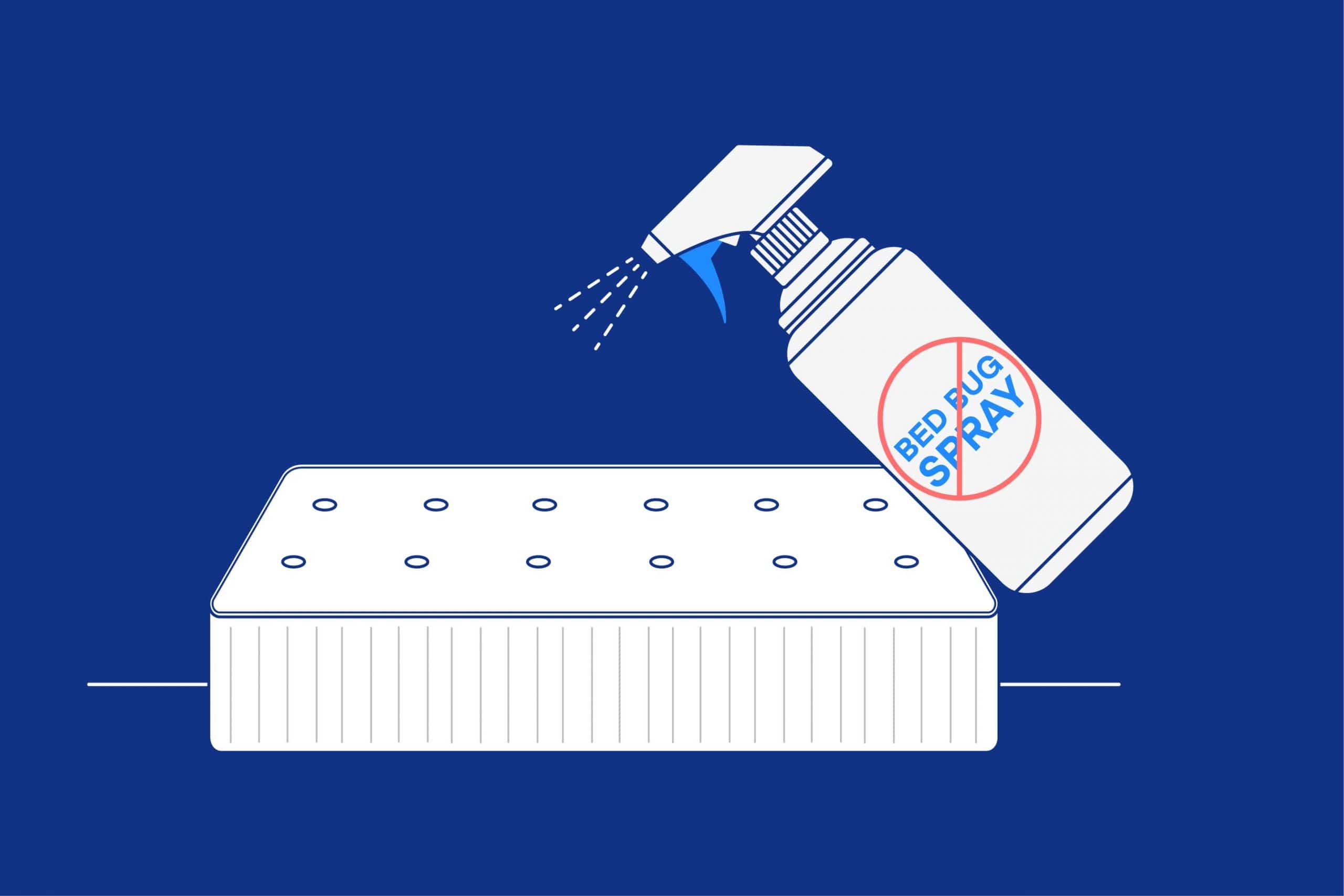Key Takeaways
- Identification and Early Detection: It’s essential to be able to identify the signs of bed bugs, including their physical appearance, bites on your skin, and signs of their presence on the mattress. Early detection can prevent a small infestation from becoming a larger problem.
- Steps for Removing Bed Bugs: If you suspect or confirm a bed bug infestation in your mattress, there are steps you can take to eliminate them. This includes washing bedding in hot water, vacuuming the mattress and surrounding areas, using bed bug-proof encasements, and potentially using additional treatments like steamers or insecticides.
- Prevention Is Key: Taking preventive measures, such as decluttering your bedroom, sealing cracks, regular vacuuming, and using bed bug-proof encasements, can help reduce the risk of a bed bug infestation. It’s also important to be cautious when traveling and inspect second-hand furniture to avoid bringing bed bugs into your home.
If you wake up with irritated or inflamed skin, you may have bed bugs in your mattress. People often confuse bed bug bites with mosquito or some other insect bites, and then they put off fixing the problem. But if there’s a cluster of inflammation on an exposed area of your skin, it may be caused by bed bugs.
If you’re reading this, you’re probably wondering how to get rid of bed bugs in a mattress. In this article, we will show you how to spot bed bugs in your mattress, eliminate them, and prevent future infestation.
Quick Guide: A 30-Second Summary
| Best Pest Resistant Protector | Amerisleep Mattress Protector |
What Are Bed Bugs?
Bed bugs are small insects that feed on blood. An adult bed bug can be 5 to 6.5 mm long and 2 to 3 mm wide. They are oval, reddish-brown insects with six legs and an antenna. Bed bugs can’t fly, but they can crawl very quickly.
Bed bugs are attracted to the smell and warmth of humans. These bugs hide under your mattress seams, the bottom of the bed, and in cracks or joints in bed frames, headboards, and footboards. They look for hiding spots close to their feeding ground. Bed bugs are commonly found in mattresses, hence the name “bed bugs.”
Bed bug eggs are like tiny specks of dust, difficult to spot and remove. The eggs hatch in 10 days producing nymphs, or baby bed bugs. These nymphs feed on your blood, and after every meal, they shed their skin. After shedding their skin five times, nymphs mature in six weeks. They are then ready to hatch more eggs on your bed.
How To Spot Bed Bugs in a Mattress
Spotting bed bugs may be difficult because they are tiny creatures that hide during the day. It’s best to look for them before bedtime when they are likely to come out of hiding. You’ll need extra light to spot these tiny insects. Also, keep an eye for bed bug bites on your skin.
Check for these Signs of Bed Bugs
Use a flashlight and magnifying glass to spot bed bugs. If you don’t find anything on the mattress surface, check the sides. If possible, remove your mattress from the bed base, standing it up on its side to check the bottom of the mattress. With the flashlight and magnifying glass, inspect the surface of your box spring, foundation, or platform as well. Look out for:
- Brownish or reddish live bed bugs, maybe between 1 mm to 6 mm long
- Tiny, speck-like pale yellow bed bug eggs, or eggshells
- Yellowish skin shed by nymphs (young bed bugs)
- Dark tiny spots from bed bug droppings
- Reddish stains on your mattress from bed bugs that you may have been crushed while you tossed and turned at night
Look for Marks in Clusters on Your Skin
Unlike mosquitoes, bed bugs don’t transmit diseases. They suck your blood, piercing your skin with their pointed mouths. It may not hurt you when they pierce your skin. But their saliva can cause skin irritation and inflammation. You may notice a small, hard welt at the piercing site. These inflammations are often clustered together in a line.
How To Get Rid of Bed Bugs in a Mattress
It’s critical to get rid of bed bugs in a mattress as early as possible. If not checked on time, bed bugs will multiply, spreading the infestation. It’s easy to eradicate them when there are fewer of them. Carefully follow a few steps to remove the bed bugs from your mattress.
Wash All Your Bedding

Remove your bed sheets and pillowcases from your bed. Put all infested items in a big plastic bag and tie a knot on top. This will prevent bed bugs from crawling out of the bag while you take the bag to the washing machine.
Wash your bedding in hot water and dry it on the high heat setting for at least 90 minutes in your dryer. Bed bugs die within 20 minutes of exposure to 118 degrees Fahrenheit, but bed bug eggs need 90 minutes of exposure to this same temperature.
Use a Vacuum Cleaner on Your Mattress
Vacuum your mattress thoroughly with your vacuum’s hose attachment. Using a brush may make the bed bugs stick to the bristles. Carefully vacuum your mattress, paying special attention to the areas under the seams where bed bugs may be hiding. Stand your mattress on its sides and vacuum the bottom of the mattress, too.
Vacuum the surface, sides, and bottom of the box spring or foundation as well. If you have a bed frame, it’s best to dismantle the bed and thoroughly vacuum all the parts, especially if there are any crevices or cracks. Finally, vacuum the whole bedroom floor.
Put the vacuum bag into a trash bag and throw it in a trash can outside your house.
Use an Encasement
Put a bed-bug-proof encasement on your mattress. Encasements are made of a special material bed bugs can’t bite through. The zippers of these encasements are made to be extremely tight, leaving no space for even a tiny bed bug to sneak in.
The encasement traps the bed bugs and cuts off their food supply. Even if bed bugs remain in your mattress, despite vacuuming, they die of starvation inside the encasement. Bed bugs can live for 10 to 20 days without feeding. Keep the bed bug proof encasement on for a year to ensure there are no chances of bed bug survival.
Other Precautions
These are optional steps you may take to be extra cautious about bed bugs. The following steps can treat bed bugs in the areas close to your mattress. Bed bugs usually live within 3 to 4 feet of your mattress. Taking these steps will make your bedroom free of bed bugs.
Keep Bed Bug Interceptor Cups
If you have bed frames, then keep bed bug interceptor cups beneath the bed legs. These cups contain pesticides for killing bed bugs if they try to crawl up to your bed from the floor.
Spray Bed Bug Control Insecticides
You may spray bed bug control insecticides (chemical or plat-based) on your regular or tufted headboard, footboard, bed frames, and other areas in the bedroom. Choose an EPA (Environment Protection Agency) registered product safe for indoor use. But be careful. Improper use of pesticides can have harmful health effects.
Use Bed Bug Steamers
Heat treatment from steamers can kill bed bugs. Bed bug steamers are specially designed to deliver temperatures up to 180 or 200 degrees Fahrenheit, killing bed bugs within 30 seconds of contact. These steamers come with a hose for reaching the hiding spots of bed bugs. Slowly glide the nozzle on all probable bed bug hiding spots. Bed bug steamers can be bought online or from home improvement stores.
Call a Professional Exterminator
Depending on the intensity of the infestation you can either get rid of the bed bug problem yourself or call a professional exterminator. Pest control companies may charge anywhere between $500 to $1500.
Steps To Prevent A Bed Bug Infestation
Bed bugs need warmth and blood to survive and can be found on any furniture or upholstery. No matter where they are found, they find their way to your mattress. They have easy access to food there and a warm environment. Follow a few steps to prevent bed bug infestation.
- De-clutter your bedroom, reducing hiding spots for bed bugs
- Seal cracks on the baseboards, walls, and electrical outlets where bed bugs may sneak in or hide
- Continue to use a bed bug proof encasement on your mattress
- Regularly vacuum your mattress, bed bases, bed frames, headboards, footboards, carpets, curtains, and other upholstered furniture, removing bed bugs if any
- Check for bed bugs in your hotel room to avoid bringing them back home with you
- Wash clothes in hot water immediately after returning from a trip
- Avoid keeping luggage on your bed; bed bugs may travel by sticking to your bags
- Inspect second-hand furniture for bed bugs, before buying
More to Watch Out for
Bed bugs are a primary concern in the bedroom, but other invaders can keep you up at night if you don’t take steps to safeguard your mattress:
- How to Get Rid of Ants in Your Bed
- How to Get Rid of Scabies From Mattress
- How to Spot Mold on Mattress
- Mold in Bedroom: Do You Need to Worry?
- Signs You Have Fleas in Your Bed
- How to Get Rid of Mosquitos in the Bedroom
- Can Termites Get in My Bed?
- Should I Be Concerned About a Tick in Bed?
- Should I Be Concerned About a Silverfish in Bed?
- How to Keep Cockroaches out of the Bedroom
- How To Treat Your Mattress For Lice
- How to Keep Centipedes Out of Your Bed
- How to Keep Mice Out of Your Bed
- What to Do About Bees in the Bedroom
- What to Do if a Bat Gets into Your Bedroom?
- How to Get Rid of Flies in the Bedroom
- How to Keep Spiders out of the Bedroom
FAQs
Should I replace an infested mattress with a new mattress?
No, you don’t necessarily have to replace a mattress if it’s infested with bed bugs. If the infestation hasn’t gotten out of control, you can remove or kill the bed bugs in your mattress by vacuuming it. Then, put a bed bug proof encasement over it to keep it protected.
Buying a new mattress may not be the best solution if your room still has bed bugs. Bed bugs will come out of their hiding places at night to feed on your blood and infest your new mattress all over again. If all attempts at removing bed bugs fail, then you’ll need to buy a new mattress. But before buying, ensure your house is completely bed bug-free.
To prevent bed bugs from crawling out of your infested mattress, wrap it with heavy-duty plastic and seal with duct tape before disposing of it.
Can bed bugs come back?
Yes, bed bugs can come back. One pregnant bed bug left behind can lead to reinfestation of 300 adults and 1000 new eggs in just three months. You have to be vigilant post-bed bug treatment. Don’t remove your encasement for at least a year. Follow up with regular vacuuming of the whole bedroom, including your bed.
Do hair dryers effectively kill bed bugs?
The heat from hair dryers can kill bed bugs on contact. But they don’t reach temperatures as high as bed bug steamers. You have to keep the heat on each bed bug for several minutes before they die.
Can I sleep in my bed after bed bug treatment?
You may continue to sleep on your mattress after vacuuming it and putting a bed bug proof encasement on it. Even if there are live bed bugs underneath the encasement, they are trapped inside and can’t bite you. Without feeding on your blood, they will die inside the encasement.
If you spray chemical or plant-based insecticides on your mattress, we recommend checking the instructions on the package. Some may require you to stay away from the room for 6 to 8 hours or more after spraying.
Can essential oils be used for bed bug treatment?
Essential oils such as clove, lavender, lemongrass, peppermint, thyme, and cinnamon can be used as an additional step to prevent future infestations. Dilute the essential oils with water and spray on your mattress. Bed bugs can’t stand the strong smell of these essential oils. But essential oils alone are not an effective treatment to prevent infestations.
Conclusion
It’s a common misconception that bed bugs are found in unclean surroundings. Even if you have a clean home, you may experience a bed bug infestation. Bed bugs travel from an infected area to your home, hiding in clothes, bags, or purses. Sometimes bed bugs may crawl from one apartment unit to another in multi-unit apartments with shared walls.
Bed bugs thrive in a warm environment with access to their food source. Mattresses are their perfect hiding spots. You can’t control the entry of bed bugs into your home, but you can prevent their growth with effective bed bug control methods.
About the author
Sanchita Sen is a full-time writer focusing on the sleep health and mattress industry. She is a former journalist who has written numerous articles on the healthcare sector. Some of the topics she has covered include how to lucid dream, fever dreams, melatonin for sleep, and best gel memory foam mattress. Sanchita holds a Master of Arts in Communications from Convergence Institute of Mass Media and Information Technology Studies. She is also a published author, who seeks inspiration from both real life and the world of fiction.
View all posts





